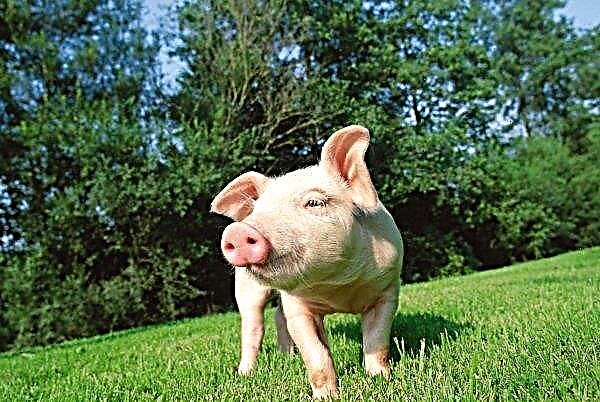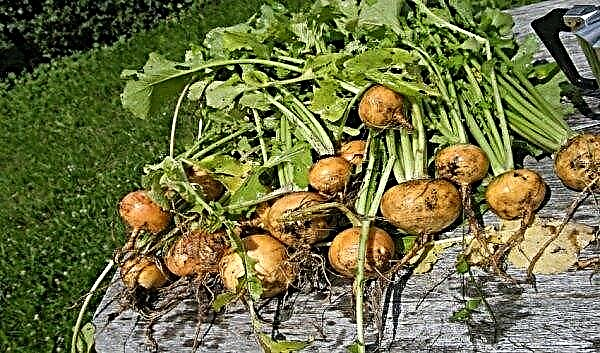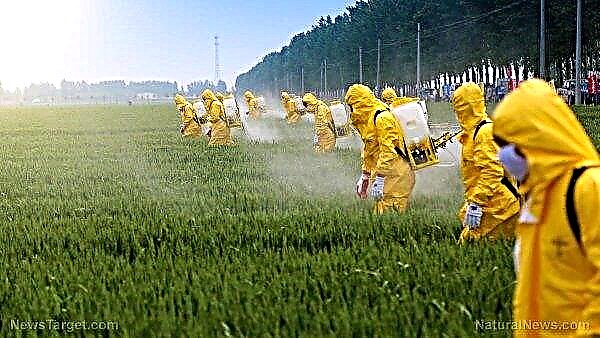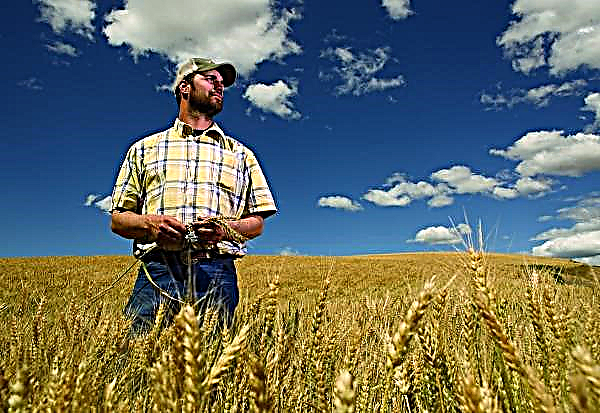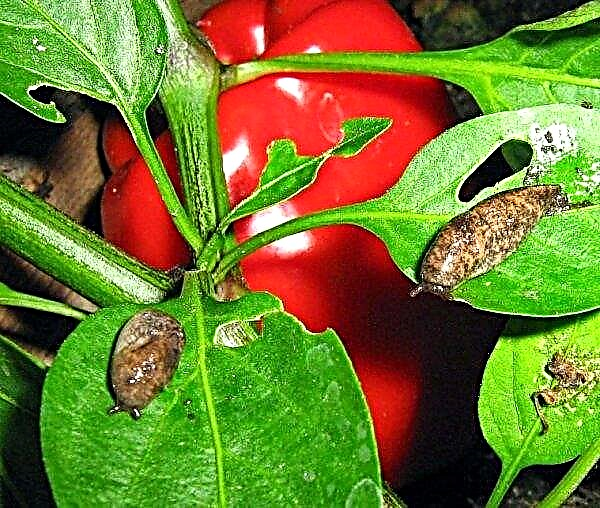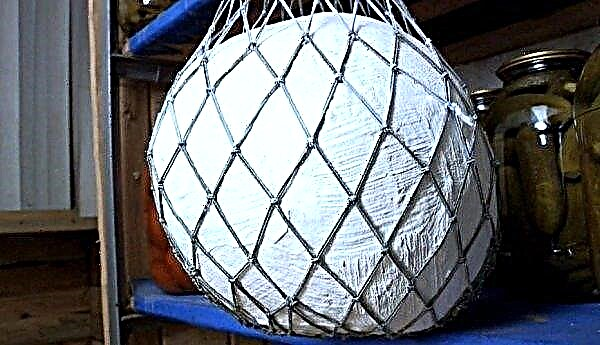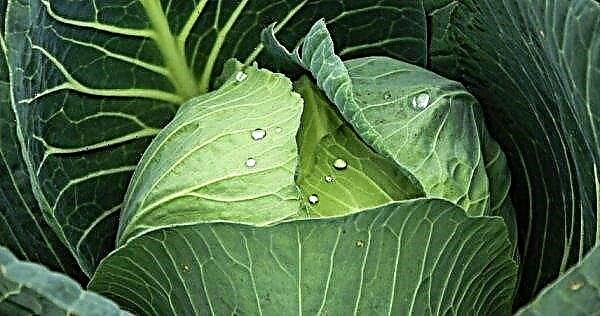The dream of any gardener is a long-flowering flowerbed. To achieve this result in the country will help the correct selection of planted flowers. Both annual and perennial plants are suitable. Let's figure out what is better to plant on a flower bed so that the flowering process is long and pleases the eye all summer.
Armelia seaside
Armelia is decorative not only with flowers, but also with dense, growing green mass. Flowers come in a variety of shades: from snow-white to blood-red. The plant pleases flowering from late May to September. He prefers to grow near ponds, likes slightly acidic soils.

The flower is not demanding in the care: before flowering, you need to apply mineral fertilizer, repeat the procedure again, watering regularly, but do not overmoisten the soil, remove fading flowers and peduncles, dig and divide from the age of 5 years, and cover for the winter.
One of the versions of the origin of the name Armelia is the 2 Celtic words “ar” and “mor”, which translates as “near” the “sea”. In support of this theory, there is a species of Armelia seaside, growing in coastal dunes.
Marigold
Marigolds often plant among vegetable crops, because they can repel pests. Caring for a flower is very simple: you need to plant them in a sunny area, water it once a day in the heat or a couple of times a week at moderate temperatures, you should also loosen the soil under the plant. Bloom until the end of autumn.

Astilba
An astilbe is planted near a pond or in a shaded area of a flower garden. Extremely moist soil is suitable for the plant. It blooms all summer. In the dry season, Astilba is watered twice a day and the soil must be loosened. In the spring, nitrogen fertilizers are applied, in the summer - potash, at the end of flowering - phosphate.

Petunia
The best places for landing are sunny without drafts. It pleases the eye with flowering until the first frosts. Petunia is resistant to pests and diseases.

Care consists of regular watering under the root, removing wilted inflorescences and weeding from weed grass.
Heliopsis
Heliopsis blooms in all shades of yellow until the first frost. Places for planting are best chosen sunny, with well-drained, fertile soil. With good care, it grows rapidly and reaches a height of one and a half meters. Do not get involved in watering. The plant is capable of self-sowing.

Brahikoma
Brahikoma is planted in sunny places and watered only as the soil dries. The plant blooms during the summer with all shades of blue and lilac flowers. For beauty, periodically remove wilted flowers.

Perennial clove
A very unpretentious plant, giving not only a beautiful appearance, but also a wonderful spicy aroma. Prefers light peaty soils, sunny areas and shading in the heat. Frost and drought are not afraid of cloves. He does not like waterlogging.

Zinnia
Zinnia will delight flowering from June to frost. The sunny areas are optimal for planting, the flower is resistant to droughts, so watering should be carried out several times a week and not overmoisten the soil. Under the plant, loosen the soil and periodically dispose of the weed grass.

Aster
Aster blooms from mid-summer to late autumn. Likes partial shade or sunny areas.

Watering is done a couple of times a week, periodically you need to loosen the top layer of soil and remove weeds.
For the first time, the ancient Greeks began to grow garden asters. Translated from Greek, "aster" means "star."
In order for the garden to look well-groomed and enjoy long flowering, it is not necessary to spend a lot of energy on caring for it. If you competently choose unpretentious flowers, create favorable conditions for them, then they will not take you much time, but in return they will become a wonderful addition to the site, pleasing to the eye.


